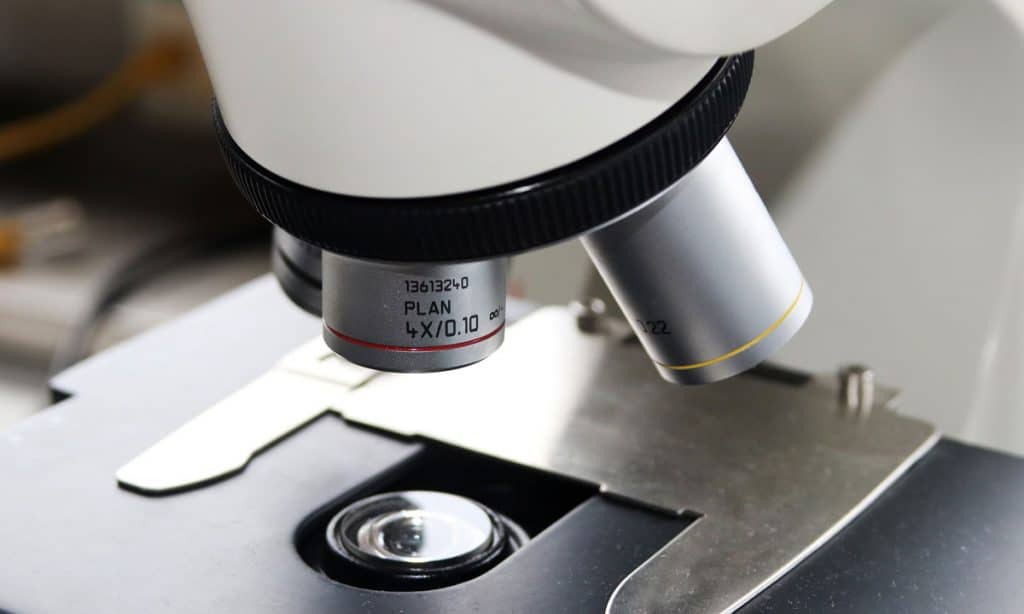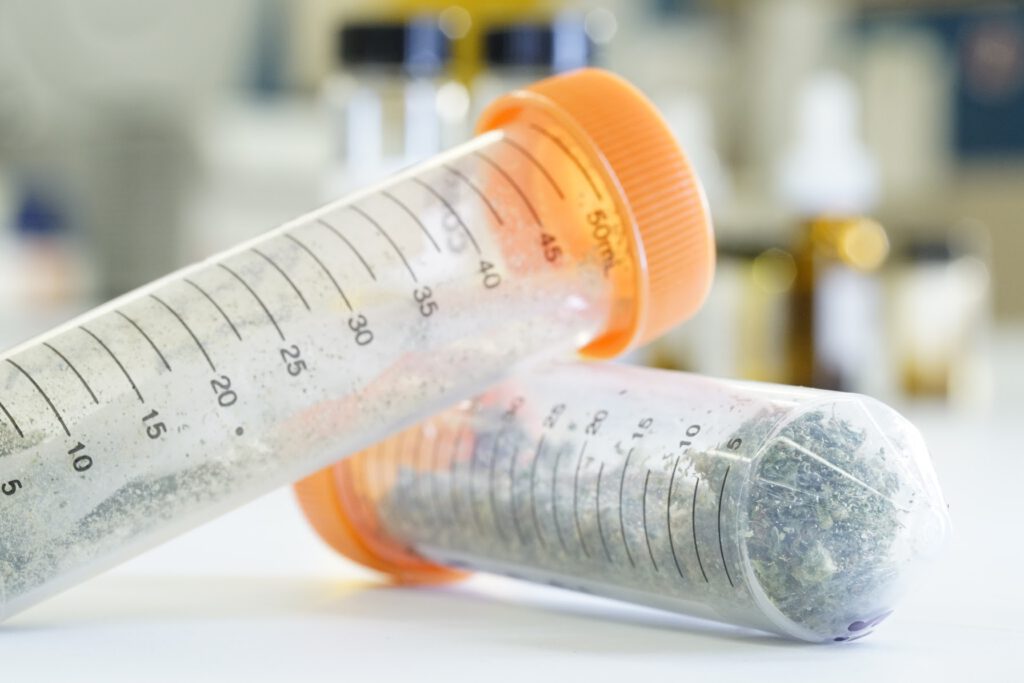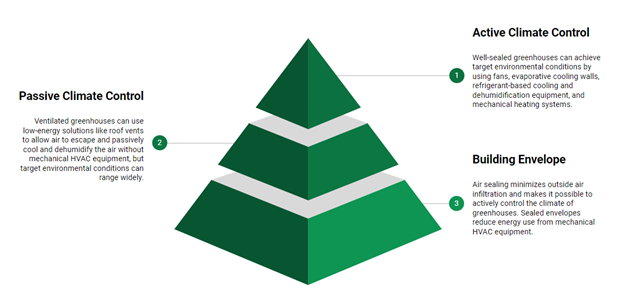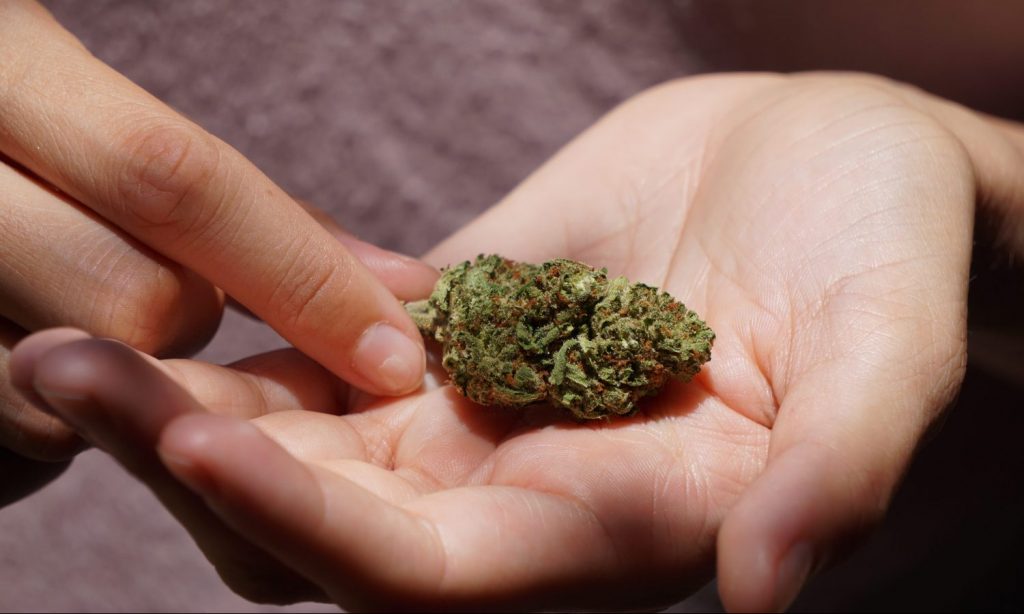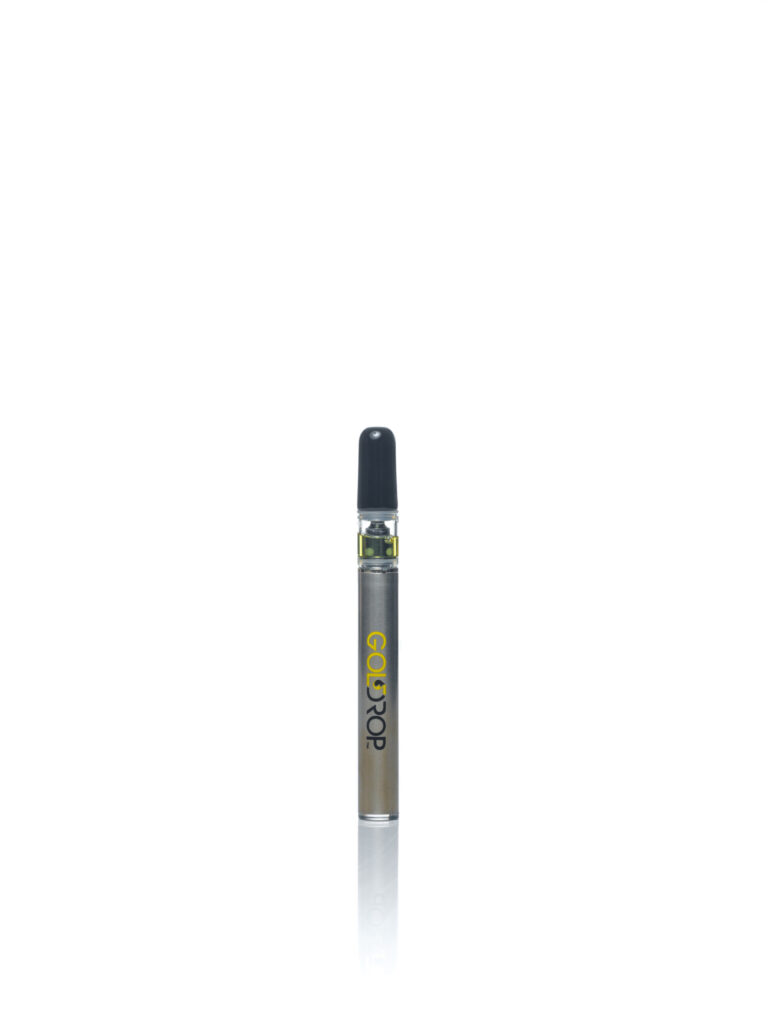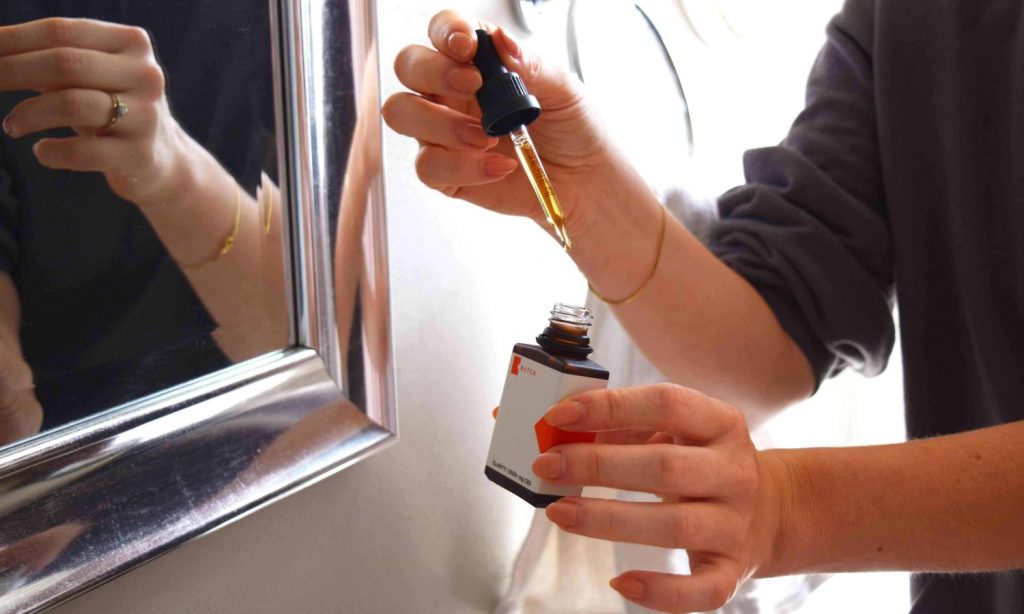Cannabis concentrates are perhaps the trickiest form you may come across. They are highly potent, and the consumption techniques are also complicated, whether you choose to smoke, vape, or dab. Still, using the right gear can make things a lot simpler for beginners, and you get better with practice and experience. The choice of equipment depends on several factors, so you need to consider them while taking your pick. Here are some helpful tips that you can follow while choosing the right gear for using concentrates.
Size and convenience
You will want to choose your concentrate gear according to your skill level. For a beginner, the simplest is the best because it will be easy to handle and use. Handling the potency and managing dosages for cannabis concentrates may be hard enough for you. So you will want only the gear that is easy to use. Size also matters because larger pieces can be difficult to operate. Thankfully, there are lots of choices in bongs and bubblers, from large, table-top pieces to small, handheld ones.
Method of consumption
The next factor to consider is the method of consumption and the form of concentrate. When it comes to types of concentrates, you come across a lot, from wax to shatter, resin, rosin, oil, hash, and more. Consumption methods also vary, depending on your preference, and the equipment you use will differ accordingly. For beginners who want to learn how to smoke resin, a bowl gives you a good start. You can graduate to a bong or bubbler as you learn the ropes. Similarly, you will need a vaporizer for vaping a concentrate and a dab rig for dabbing it.
Quality of smoke
The quality of smoke makes all the difference when it comes to experience, both for beginners as well as seasoned users. You will want cooler, smoother smoke that gets you high without irritating your throat or lungs. A bong with an ice catch is a good option as it helps in cooling the smoke before you inhale it. If you are more experienced, you can work with a nail and rig as it lets control the temperature for an optimal hit. Lower temperatures deliver a smoother vapor, while higher temperatures make it harder-hitting.
Durability
When you spend on smoking or dabbing gear, you will want it to last. Durability is another factor that needs attention when you buy it as a beginner. Look for ones made with high-quality material, even if it means that you have to spend a little extra. You need to be extra careful about glass gear because there are chances of dropping the bong when you do not have much experience of using it. Always stick to a reputed seller because they go the extra mile with quality and durability.

